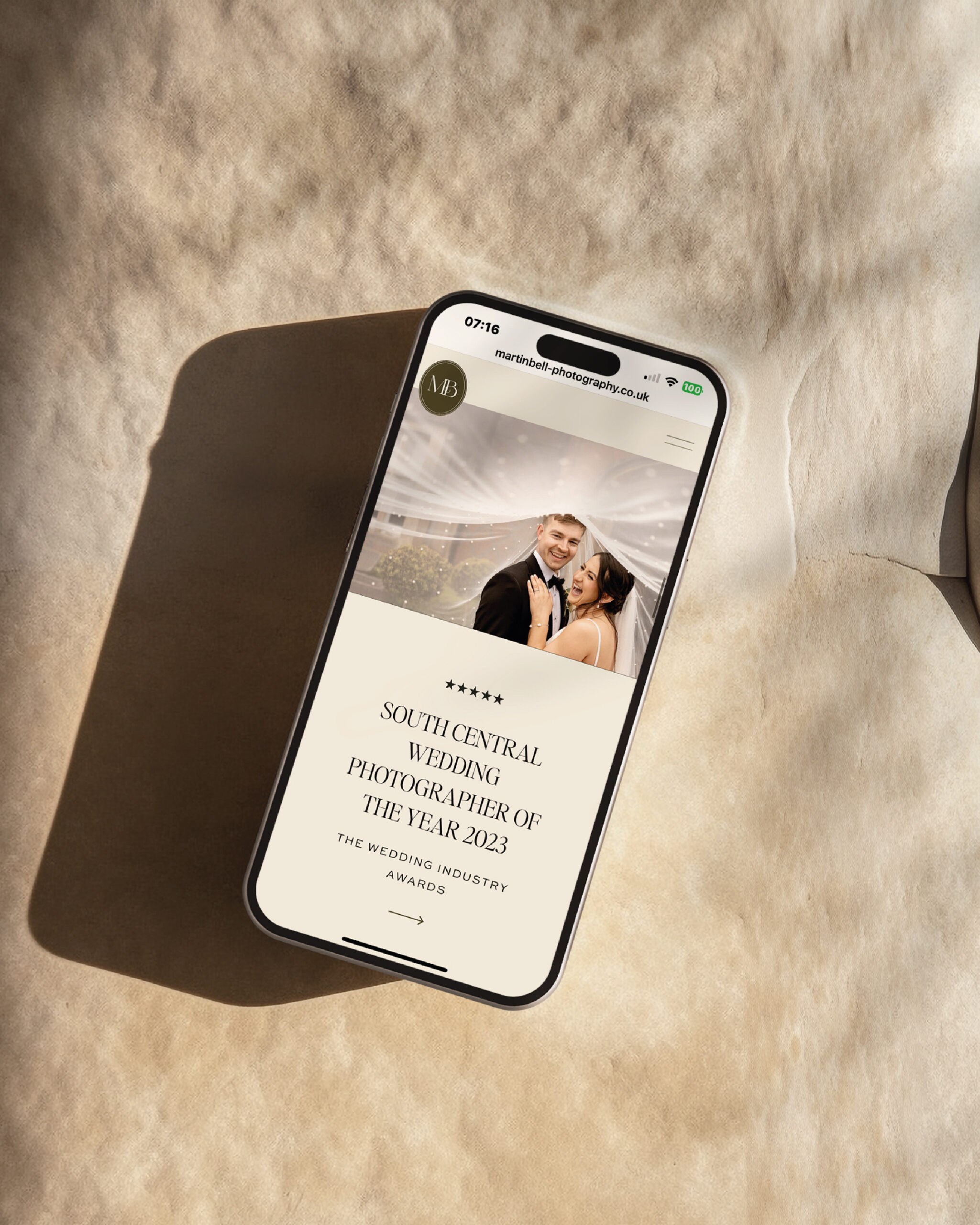While I would always recommend working with a professional copywriter for your website content, I completely understand that budgets don’t always allow for both custom copywriting and bespoke website design. In these cases, ChatGPT can be a helpful tool to get the ball rolling — but there are a few things you should keep in mind before hitting “publish.”

1. ChatGPT only knows what you tell it
ChatGPT isn’t a mind reader (yet). It doesn’t know your business goals, your target audience, or what makes you different — unless you tell it. The more specific context you provide, the better your results will be. If you don’t give it a clear brief, it’ll default to vague, generic copy that could apply to just about anyone.
A human copywriter, on the other hand, can get to know you and your business on a deeper level. They’ll ask the right questions, understand your market, and shape your messaging not just for today — but for the future you’re building.
2. It’s like using a self-checkout vs. a staffed till
ChatGPT is fast and convenient — much like a self-checkout. But just like at the supermarket, the experience can feel a little… impersonal. Consider what kind of experience you want your potential clients or customers to have when they land on your site. Do you want to welcome them with a generic “Welcome to our website” or with a message that feels warm, intentional, and uniquely you?
3. You’ll need to guide it on your brand tone of voice
Are you friendly and informal? Calm and professional? Quirky and bold? ChatGPT can mimic different tones, but it needs direction. If you don’t tell it how you want to sound, it will default to a bland, neutral voice. If you have existing copy you like, give it that as a reference. Be specific. The better your input, the better the output.
4. Don’t forget to set it to UK English (if that’s what you need)
By default, ChatGPT uses American English – which means “organize” instead of “organise,” and “color” instead of “colour.” Make sure to specify UK English if that’s appropriate for your audience. Otherwise, you might find yourself doing a lot of unnecessary editing later.
5. Ask about SEO – and headings
ChatGPT can give decent guidance on search engine optimisation. You can ask it to structure your content using H1s, H2s, and H3s, and even get help identifying relevant keywords. That said, SEO is an entire discipline of its own. For best results, pair ChatGPT’s suggestions with input from an SEO specialist or strategist.
6. You can ask it to add links and CTA buttons
If you’re building out a web page, don’t forget to ask ChatGPT to suggest hyperlinks to relevant services, internal pages, blog posts, or external resources. You can also get it to add suggested call-to-action buttons at the end of each section — for example, “Get a Quote,” “Book a Call,” or “Browse Our Services.” These small touches can make a big difference to how your site performs and how easily users can navigate it.
A Final Word…
If you’re using ChatGPT to help you get started with your copy, that’s totally valid. But know that there’s a reason copywriters exist – and why working with one can elevate your entire online presence.
If you’re ready to take your website copy to the next level, here are a few fantastic copywriters I’ve worked with and would happily recommend:
- Sarah Gane – Radical Content
- Jon Carpenter – The Carpenter Copy
- Madeline Taylor – East & Eve Creative
Need Support Figuring Out Your Website Content?
Whether you’re using ChatGPT to get started or you’re ready for strategic, human-crafted copy that truly connects with your audience, I’m here to help. At Loyal Studio, we work with businesses to refine their messaging, elevate clarity, and create content that supports both design and conversion.
If you’d like a second pair of eyes on your draft copy — or help shaping your ideas into words that feel intentional and on-brand — I’d love to support you.
Book a call or Send me a message — let’s make your website copy work as hard as your design.